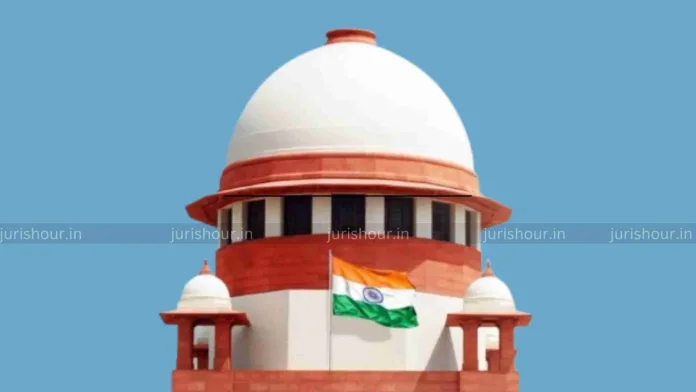In a significant move aimed at streamlining internal record management, the Supreme Court of India has approved detailed 2025 guidelines governing the retention and destruction of its administrative (non-judicial) records. The new policy lays down fixed timelines for preservation and disposal of various categories of files maintained by the Registry, while ensuring that historically and administratively important records are retained permanently.
Scope of the Guidelines
The guidelines apply strictly to non-judicial records such as institutional decisions, office orders, staff files, and financial documentation. Judicial records, however, will continue to be governed by Order LVI of the Supreme Court Rules, 2013 and the 2017 Handbook on Office Procedure.
Categories Marked for Permanent Preservation
A comprehensive list of documents has been earmarked for permanent retention, underscoring their institutional value. These include:
Notes signed by the Chief Justice of India and other Judges
Policy files, circulars, and official office orders
Service books and pension-related documents
Records pertaining to the construction of the Supreme Court building
Documents concerning the appointment and retirement of Judges
Minutes of Full Court meetings
Official seal of the Supreme Court
Details of international visits by Judges
CGHS card records for Judges
Fixed Retention Timelines
The guidelines specify retention periods for various types of routine and semi-permanent administrative documents:
RTI Applications (no appeal): 3 years
RTI with significant 2nd appeals: 5 years
Parliamentary Questions: 3 years
Attendance and Diary Registers: 1 year
Judges’ Mobile and Landline Bills: 3 years
LTC, TA/DA Claims: 3–5 years after audit
Judges’ Salary, Tax, and House Rent Files: 5 years post audit
Official Gift Registers: 5 years post audit
Judge-Specific Files
Certain Judge-specific documents will also be retained permanently, including:
Chambers allotment records
Security arrangements at official residences
Documentation of Constitution Day events, legal forums
Records of CJI and Chief Justices’ conferences
Protocol and hospitality guidelines
Other categories—such as furniture, electronics, leave and GPF files, medical reimbursements, and IT returns—will be retained for five years after a Judge’s retirement.
Administrative and Material Records
For departments handling material and infrastructure, the guidelines outline:
Construction and Renovation Files: Permanent
Lawyers’ Chamber Allotments: Permanent
Routine Panel Documentation: 5 years
Auditorium, Cafeteria Contracts: 3–5 years
Vendor Permissions and Invoices: 1 year post audit
Tender, Procurement, and Contract Files: 5 years post expiry (subject to audit clearance)
Circulars and Policy Submissions: Permanent
Streamlining Transparency and Governance
The move is seen as part of a broader effort to bring consistency, transparency, and efficiency in the administrative functioning of the apex court. The classification and structured retention schedule is expected to ease archival management, facilitate quick retrieval of records, and uphold accountability.

